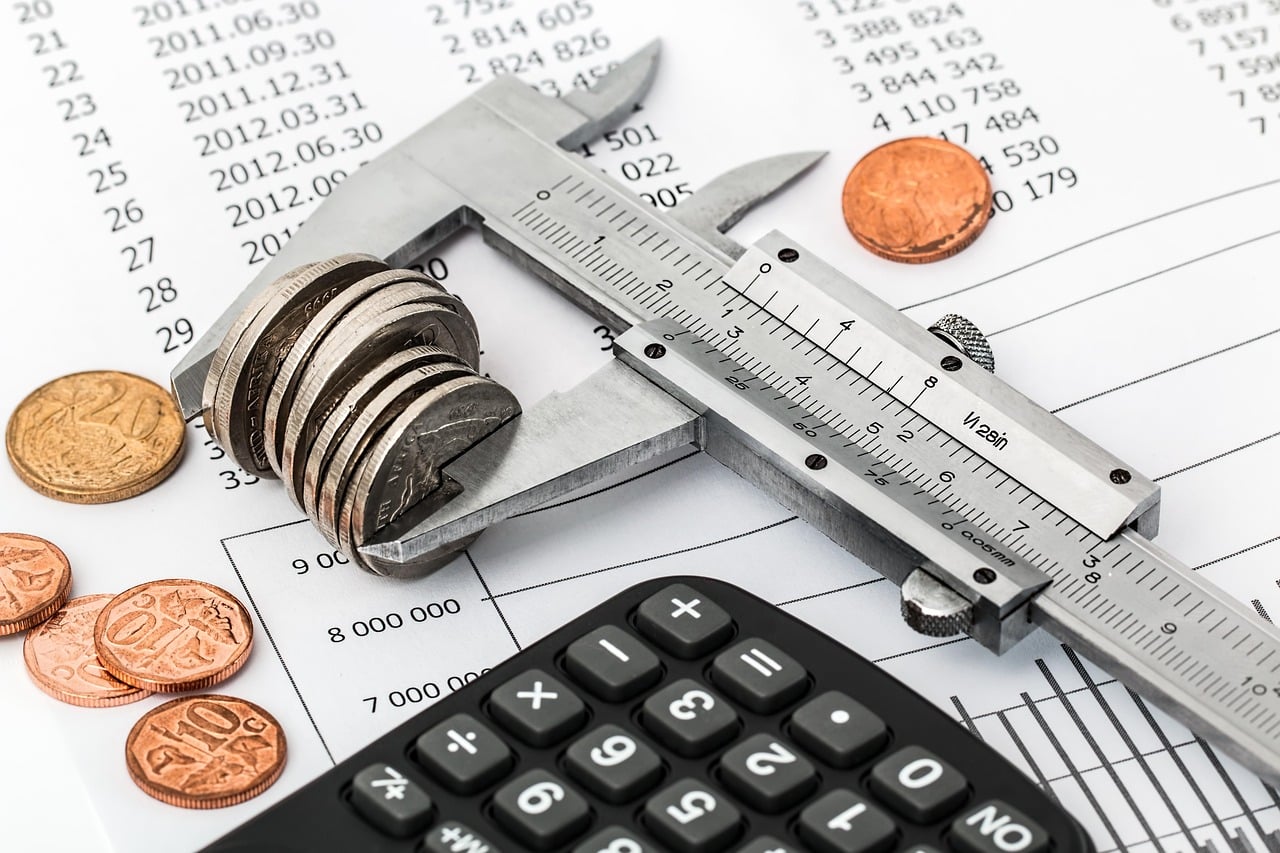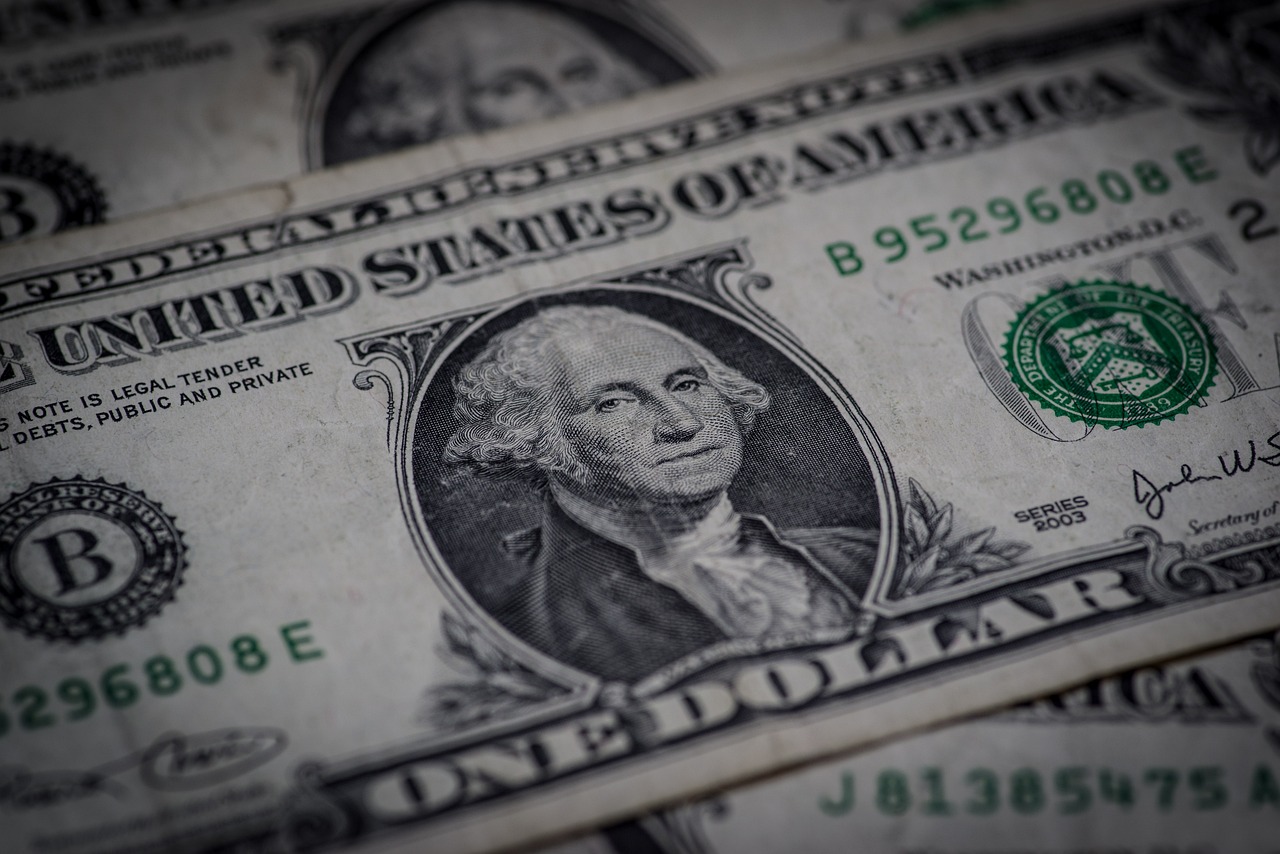Does Filing for Bankruptcy Clear All Debt? – What You Need to Know

Bankruptcy provides a legal path for individuals and businesses to gain relief from overwhelming debt. But does it eliminate all debts? While bankruptcy can discharge many types of debt, it’s not a blanket solution for every financial obligation. Understanding the specifics is key.
In this article, we’ll explore the different types of bankruptcy, the kinds of debts that can be discharged, and how the process works. You’ll also discover other debt relief options and weigh the pros and cons of filing for bankruptcy.
Key Takeaways
- Bankruptcy includes two common types, Chapter 7 and Chapter 13, for discharging debt.
- Debt not eligible for bankruptcy discharge includes court fines, alimony, child support, and certain criminal debts.
- Debt consolidation can provide debt relief for individuals with good credit.
- Credit counseling services can help with debt management plans and budgeting.
Understanding Bankruptcy and Its Purpose
Bankruptcy is a legal way for people and businesses to deal with huge financial problems. It offers a clear path to get financial help and take back control of your money. In 2024, bankruptcy filings including all chapters totaled 42,532. Knowing how bankruptcy works helps you decide if it’s right for you and how it can help in the future.
What is Bankruptcy?
Bankruptcy is when someone who can’t pay their debts starts a legal process. It lets people or businesses handle their debts in a new way, under federal law. It gives a “fresh start” by freeing you from paying some debts after your case is over.
The type of bankruptcy you choose depends on your income and debt. It’s important to understand these details to navigate the process well.
How Bankruptcy Can Help Resolve Debt
Bankruptcy can greatly help with debt problems. It offers different ways to deal with debt based on your situation. When you file, an automatic stay stops most debt collection, giving you time to think.
There are two main types of personal bankruptcy: Chapter 7 and Chapter 13. Chapter 7 can wipe out debts like credit cards and medical bills in a few months. Chapter 13 lets you pay off debts over 3 to 5 years with a plan you can manage.
| Bankruptcy Type | Key Features | Ideal For |
| Chapter 7 | Discharges unsecured debts; Quick resolution; Loss of non-exempt property may occur | Individuals with little or no disposable income |
| Chapter 13 | Repayment plan over 3 to 5 years; Retains property; Suitable for debt restructuring | Individuals with a regular income who can afford a repayment plan |
It’s key to know how bankruptcy can help with your finances. Whether you want to get rid of some debts or keep important assets, it’s a powerful tool. Every situation is different, but with the right information, bankruptcy can help you rebuild your financial life.
Types of Bankruptcy: Chapter 7 and Chapter 13
It’s important to know about the different bankruptcy types. Each offers a unique path for those in financial trouble. Chapter 7 and Chapter 13 are two main options under bankruptcy law, each suited for different situations and goals.
Overview of Chapter 7 Bankruptcy
Chapter 7 bankruptcy is known as liquidation bankruptcy. It mainly deals with wiping out unsecured debts like credit cards, personal loans, and medical bills. This process can clear most of your debts in just 3 to 5 months.
One big plus of Chapter 7 is protecting your assets. About 93% of filers can keep all their assets if they file the right paperwork. If you want to keep something like a home or car, you must keep making payments on it. This type is best for simpler financial situations where you need a quick debt relief.
Overview of Chapter 13 Bankruptcy
Chapter 13 bankruptcy offers a more structured way to handle debts, ideal for those with steady income. It involves creating a court-approved repayment plan that lasts three to five years. You can pay off secured debts like mortgages and car loans and also get rid of unsecured debts.
Filers must pay back creditors based on the value of nonexempt assets. This ensures a plan that fits your financial situation. Chapter 13 is flexible, allowing you to spread out payments for overdue amounts. But, it can be challenging due to its long commitment and higher failure rate.
Does Bankruptcy Clear All Debt?
It’s key to understand how much debt relief bankruptcy offers. Bankruptcy can help a lot, but it doesn’t clear all debts. Knowing which debts can be wiped out is vital for those thinking about it.
Common Debts Discharged in Bankruptcy
Many people find bankruptcy helpful because it clears several common debts. These include:
- Credit card debt
- Personal loans
- Medical bills
- Unpaid utility bills
- Deficiency balances after repossessions or foreclosures
In Chapter 7 bankruptcy, many debts are wiped out about four months after filing. This can greatly improve your financial health.
Types of Debt That Cannot Be Discharged
It’s also important to know which debts stay. Some debts can’t be cleared by bankruptcy, such as:
- Alimony and child support
- Some unpaid taxes, especially those from the last three years
- Debts related to willful and malicious injury to another person or property
- Debts resulting from DUI-related personal injury
- Court fines and penalties
The bankruptcy code clearly lists these debts that can’t be erased. Knowing this helps you make better choices about your financial future.
The Bankruptcy Discharge Process
The bankruptcy discharge process helps debtors start fresh financially. It releases them from certain debts. Knowing how discharges work can guide you through the bankruptcy journey.
How Discharges Are Granted
A bankruptcy discharge comes from a court order. It frees you from specific debts. To get a discharge, you must follow legal steps. You need to do credit counseling for 180 days before filing. You also have to meet the court’s conditions. For Chapter 13, you must finish your repayment plan, which takes three to five years.
Some debts, like alimony and child support, can’t be discharged. They stay your responsibility after bankruptcy.
Timing of Discharge in Different Bankruptcy Cases
The time to get a discharge varies by bankruptcy type. Chapter 7 discharges usually happen four months after filing. Chapter 13 discharges come after your repayment plan is done. These plans last three to five years. So, the timing of discharge is key for your financial recovery. You must meet all legal deadlines and complete required courses.
Bankruptcy wipes out most unsecured debts, like credit card balances. But, some debts stay. Knowing what can and can’t be discharged is crucial for planning.
Alternative Options for Debt Relief
If you’re looking to manage your debt, there are many options besides bankruptcy. These alternatives can help you achieve financial stability. They might fit your needs better than bankruptcy.
Debt Consolidation and Settlement
Debt consolidation is a good choice for many. It combines your debts into one payment, often at a lower rate. This can save you thousands, especially on high-interest credit card debt. Lower rates make it easier to manage your finances.
Debt settlement is another option. It involves paying a lump sum to settle your debt. However, it’s risky. Creditors might not agree, and missing payments can lead to more debt. It can also hurt your credit score, affecting your finances for years.
Credit Counseling Solutions
Credit counseling offers a way to control your finances. Nonprofit organizations provide these services. They help you create a debt management plan and negotiate with creditors. Getting help from a credit counseling agency is a smart move. It creates a supportive environment to learn about managing your money. It might even prevent you from needing bankruptcy.
Pros and Cons of Filing for Bankruptcy
Filing for bankruptcy is a big decision that can change your financial life. Knowing the good and bad sides of bankruptcy helps you choose wisely. This part talks about the benefits of clearing debt and the possible downsides, like how it affects your credit score.
Benefits of Discharging Debt Through Bankruptcy
Bankruptcy has both good and bad points. One big plus is getting rid of a lot of debt. For example, in 2021, over 69% of bankruptcies were Chapter 7. This type often lets people clear unsecured debt, giving them a break from money troubles.
Also, 96% of Chapter 7 cases don’t take anything from you because of exemptions. This quick relief can be a big help for those in deep financial trouble, offering a chance to start over.
Drawbacks and Impact on Credit Score
But, there are downsides to consider too. One big issue is how bankruptcy affects your credit score. It stays on your report for 7 to 10 years, making it harder to borrow money and leading to higher interest rates. After Chapter 7, your credit score might drop at first but could go up over time. Also, bankruptcies are public records. This can make you feel embarrassed, as others can see them.
When thinking about bankruptcy, weigh the pros and cons carefully. The road to financial recovery is complex. But, knowing what to expect can help you make the best choice for your situation.
When to Consider Borrowing Money
In the context of managing overwhelming debt and considering bankruptcy, it’s important to evaluate all your financial options, including whether taking on new debt through borrowing might be a strategic part of your solution.
While bankruptcy provides a route to eliminate certain debts, borrowing can sometimes be a prudent alternative, particularly if it helps avoid the bankruptcy process altogether.
Evaluating Borrowing as an Alternative to Bankruptcy
When confronted with the prospect of bankruptcy, considering various ways to borrow money for consolidating or managing your debt could offer a more moderate alternative. For example, borrowing money from a bank to consolidate debts into a single loan with lower interest rates could potentially ease the financial strain and offer manageable monthly payments.
This approach can be particularly effective before reaching the stage where bankruptcy becomes the only option.
Strategic Borrowing Before Bankruptcy
For homeowners, if you’re considering bankruptcy due to high-interest credit card debts, borrowing against your home equity can provide funds at lower interest rates, using the equity you’ve built in your home as collateral. This might be a sensible option to consider if you have significant equity and a solid plan to manage the additional debt responsibly.
Caution and Consideration in Borrowing
It’s critical to assess your ability to manage and repay any new borrowing undertaken as an alternative to bankruptcy. This involves understanding your financial limits and the implications of taking on new debt.
Additionally, if quick access to funds is required to deal with immediate debts and avoid further financial deterioration, you might consider borrowing money online. While convenient, it’s important to scrutinize the terms and interest rates associated with such loans, as they can sometimes exacerbate your financial situation rather than improve it.
Using Borrowing as a Calculated Step
In any scenario where bankruptcy looms as a potential outcome, careful consideration of borrowing as a possible preventative strategy is essential. Borrowing should not be seen as an easy fix but rather as a calculated step that might prevent the need for bankruptcy.
Consulting with a financial advisor to weigh the pros and cons of initiating new debts versus proceeding with bankruptcy can provide valuable guidance tailored to your specific circumstances.
In sum, borrowing money can sometimes serve as a strategic alternative to bankruptcy, providing an opportunity to manage debt in a way that aligns with your financial recovery goals. This should be approached with full awareness of the potential risks and benefits, ensuring it complements your overall strategy for financial stability.
Conclusion
Knowing that bankruptcy doesn’t wipe out all debts is key if you’re thinking about it. It can help by clearing some debts, but you need to know what’s covered and what’s not. This knowledge helps you look at other ways to get back on your financial feet.
Whether bankruptcy is the right choice for you or not, knowing your options is crucial. It helps you take steps towards better financial health. Remember, making an informed decision is often the first step to lasting financial recovery.
FAQ
Can bankruptcy clear all types of debt?
No, bankruptcy can wipe out many debts like credit cards and personal loans. But, it can’t clear alimony, child support, and most student loans.
What is the difference between Chapter 7 and Chapter 13 bankruptcy?
Chapter 7 bankruptcy means selling off some assets to pay creditors. It usually clears most debts in four to six months. Chapter 13 lets you keep assets and pay debts over three to five years with a steady income.
How long does the bankruptcy discharge process take?
Chapter 7 discharge is about four months after filing. Chapter 13 discharge takes three to five years after finishing your repayment plan.
What kind of debt can be discharged in bankruptcy?
You can discharge debts like credit cards, medical bills, and personal loans. But, tax debts, secured debts, and some public benefits can’t be cleared.
Can I file for bankruptcy multiple times?
Yes, you can file for bankruptcy more than once. But, there are waiting periods and rules based on your previous filings.
How does bankruptcy affect my credit score?
Bankruptcy can lower your credit score. It stays on your report for up to ten years. This makes getting new credit harder and may lead to higher interest rates.
Are there alternatives to filing for bankruptcy?
Yes, you can try debt consolidation or debt settlement. These options combine or reduce your debts. Credit counseling can also help you manage your debt.
What factors should I consider before filing for bankruptcy?
Think about your debt type, whether you qualify for Chapter 7 or Chapter 13, and how it will affect your credit score. Also, consider if debt counseling or settlements might be better for you.





